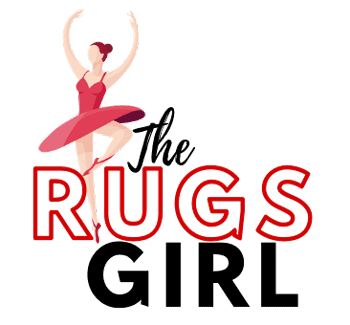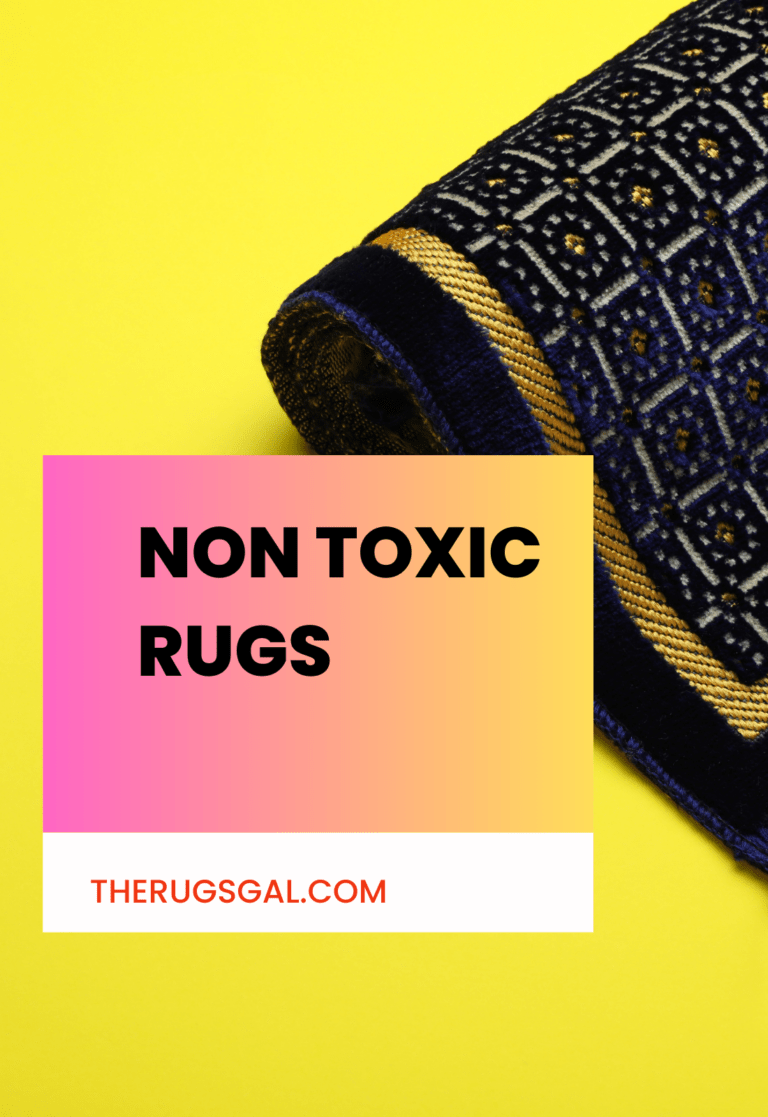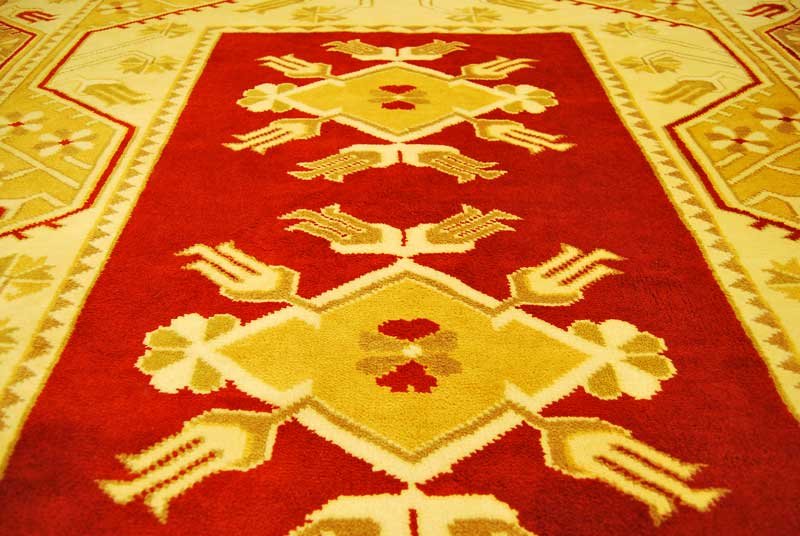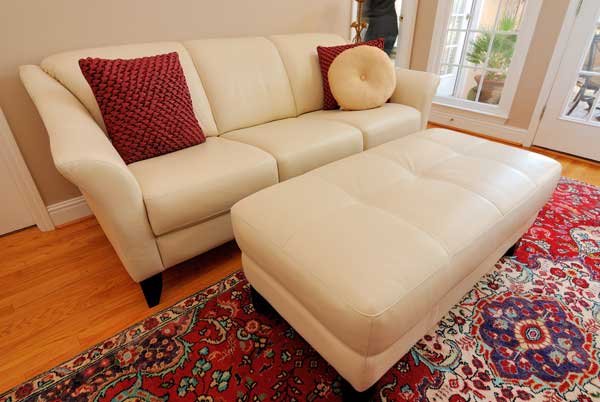Kilim rugs are a type of flat-woven textile that originated in various regions, including Turkey, Iran, the Balkans, and Central Asia.
They are known for their vibrant colors, geometric patterns, and cultural significance.
Kilim rugs have a long history, dating back thousands of years, and they continue to be produced and cherished today.
Contents
What are Kilim Rugs?
The kilim is a term that was derived from this Persian word, “gelim” (meaning to spread roughly).
Their origin is attributed to Turkey, one of the countries which makes the best rugs, commonly known as the Turkish rugs.
Kilim is also used in other countries like Pakistan, China, Iran, North American, and Central Asia.
The kilim is a name limited to rugs because the technique and textile are also used to make pillows, table covers, and furniture coverings.
Traditionally these rugs were used as a floor covering, home décor pieces, and as a dowry item given to brides.
What Are The Features Of Kilim Rugs?
Below are some common its features;
Kilim Rugs are Flatweave
They are flatweave rugs because they are made through a flat-weaving technique where colored warps and wefts are intertwined together to form a pileless rug.
The most common flat weaving technique used to make a kilim rug is the slitweave method. A slit is a gap formed by two blocks of different colors.
That gap is formed by moving warps or wefts of different colors in opposite directions until they are adjacent to one another.
kilim rug patterns
Kilim rug patterns can vary greatly in terms of their complexity and style, and they can be found in a wide range of colors and materials. When choosing a kilim rug, it is important to consider the overall style of your home and the specific room where the rug will be placed.
That ends up creating slits of different patterns such as diagonal, floral, or geometrical designs. The slips can never be vertical to avoid weakening the rug fibers due to the too much pressure applied or created during weaving.
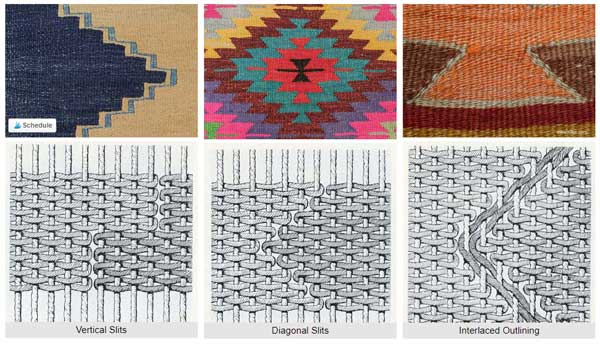
Kilim Rugs are Versatile
Apart from being used in rugs or other types of floor covering, Kilim textile has many other uses like they can be used as;
- Wall hangings
- Kilim Pillows
- Coverings for bags, sofa and benches among others.
Kilim Rugs Have decorative motifs & Symbols
Unlike most oriental rugs where the motifs or symbols used were mythical and cultural rather than aesthetic, the motifs are generally decorative in kilim rugs.
See the examples of Kilim Rugs Motifs & Symbols below;
Elibelinde (Hands on hips) Motherhood and fertility
Kocboynuzu (Ram’s horn) Power, masculinity & heroism
Sacbagi (Hairband) Used by women to express a desire to get married
Yildiz (Star) Depicts happiness
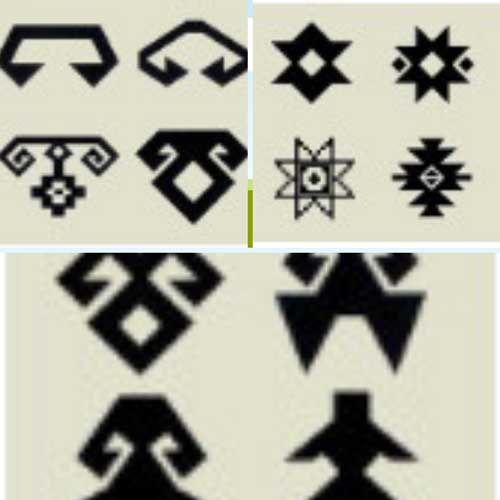
Kilim Rugs are Lightweight
These are flatweave and pileless rugs, which means they are easy to carry around or store when not in use.
This feature makes them an excellent choice for outdoor rugs, especially when you have to move from one place to the next.
Kilim Rugs are Affordable
These rugs are flatweave means that they require fewer materials and time to create than other hand-knotted rugs.
Since the weaver does not spend too much time and resources on the rug, you can quickly get kilim rugs at a pocket-friendly budget.
Kilim Rugs are Easy to maintain
Flatweave rugs are generally easy to clean through simple sweeping, spot cleaning, and vacuuming methods.
Thus, you can comfortably use a kilim rug in high traffic areas, in a home with crawling babies who make messes everywhere, or in a house with peeing cats.
Any of those messes or spills with be easy to clean, as explained on this guide on how to clean rugs and get smells out.
What It Takes To Make Kilim Rugs
Kilim Rugs Tools
You will need a loom, beating comb, and knife. You can use scissors instead of a knife. Some weavers also use a shuttle.
The longitudinal strands (warps) are tied to the loom under tension, then the horizontal strands wefts) are woven between the warps to create a flatweave kilim rug. Some looms are fixed vertical looms, while others are horizontal and adjustable looms to give the weaver more flexibility.
A beating comb usually made either from wood, metal, bones, or horns is used to compress or “beat” down the warp and wefts lines to release the tension, causing them to lay flat.
A knife or scissors is used to cut and trim the warps, wefts, or thread to the required size.
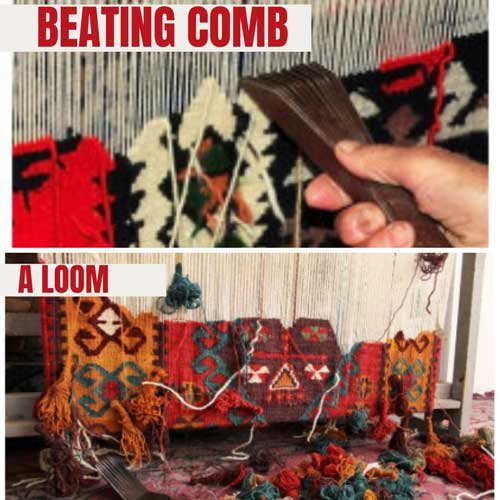
Kilim Rugs Material or fiber
Wool is the primary material used to make kilim rugs. Silk, cotton, and animal hair from goats, camels, or horses are also used.
Wool is durable, easy to spun, takes dyes quickly, and readily available from sheep and merino. These features explain why wool is the main material used to make kilim rugs.
Cotton is the next best choice between it can skillfully be interwoven or spun around. It retains its white look even after aging and holds to its original shape.
Animal hair was also used because kilim rugs are mostly made by nomadic tribes who slaughtered many animals.
Silk was used mostly to make bridal dowry gifts to show wealth and high status in society.
Kilim Rugs Decorative items
A gold or silver thread is used to bring out a royal look. Beads and baubles are also added to make the rug fancy and aesthetic.
